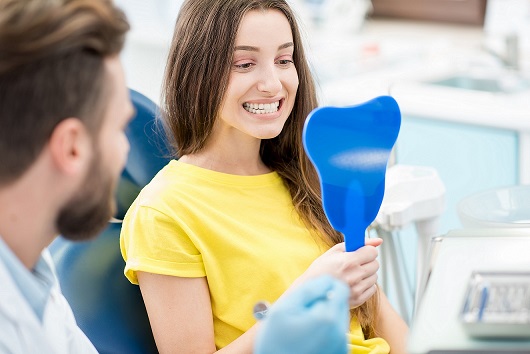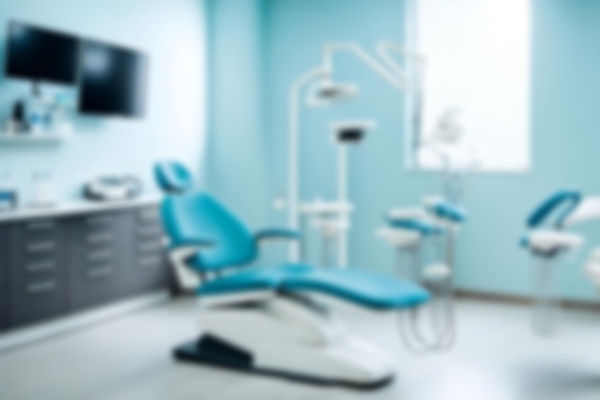3 Reasons to Try Digital Dentistry

BDIA New Technology and Trend published a survey highlighting 50 percent of dentists using intraoral digital sensors to perform dental surgeries. The same report further suggests that digital techniques are continuously penetrating as a new approach in the dentistry domain. According to recent studies (https://www.nature.com/articles/sj.bdj.2014.1125#ref1), by 2020, the use of digital equipment in dentistry domain will be twice as compared to 2014. Specifically, it includes equipment like digital imaging: The equipment stores information as an image by using solid-state sensors.
In other words, dentists are now more familiar with digital technology. Digital dentistry has encouraged dental professionals to embrace advanced digital technology. With the adoption of digital techniques, dentists can work with an improved diagnosis that leads to optimal outcomes. Machines like CEREC, 3D scanners and intraoral systems have a significant impact on the dentistry practices and workflow.
Whether you are a dental professional, dental technician or a patient, here are the key reasons you should try digital dentistry.
1. An efficient workflow
A digitalized workflow has a plethora of benefits for both the dental technician and dentists. A digital impression on the digital equipment like the intraoral scanner is one example. Dentists now can take a digital impression of teeth in less than 10 minutes.
Not only does this scanner help in taking a 3D impression, but it also provides detailed information of your teeth. Dentists can zoom into impressions and discuss the dental problems with their patients. The digital technician can email the digital image to the dental lab within seconds. This efficient and digitalized workflow is a significant reason behind the increasing popularity of this new form of dentistry.
2. Easy
The digitalized technology is easy to become accustomed to for both dentists and the patients. With technology like digital radiography, dentists can obtain panoramic X-rays that display the entire jaw structure of the patients. A recent study showed that around 52.7 percent of dentists use digital X-rays (https://www.nature.com/vital/journal/v9/n3/full/vital1521.html).
Unlike conventional X-rays, where the patient had to bite down on a hard and uncomfortable device, modern dentistry uses a small sensor. The digital equipment provides more accurate and faster results.
3. Fast
It is another standout feature of digital applications in dentistry that makes it better than conventional dentistry practices. The digitalized equipment is environmentally friendly and safe to use. Dentists and patients prefer it, as it does not emit harmful radiations. It does not need any chemical processing to produce results. Furthermore, it minimizes waiting time, as a dentist can see and examine the images in around 15 minutes.
Bottom line
In conclusion, digital dentistry undeniably offers exceptional and significant benefits to the dentists, as well as patients. Its use has become common in day-to-day dental treatments like dental implants, orthodontics and diagnostics. The main reason is the advancement of technology that has replaced traditional dental procedures and can meet modern clinical requirements.
Call (561) 225-2057 today to reach Palm Beach Dentistry.


